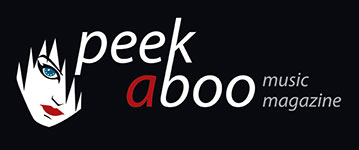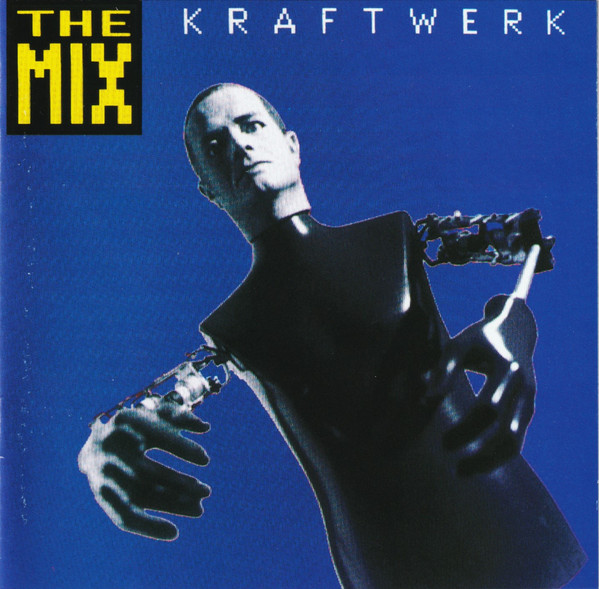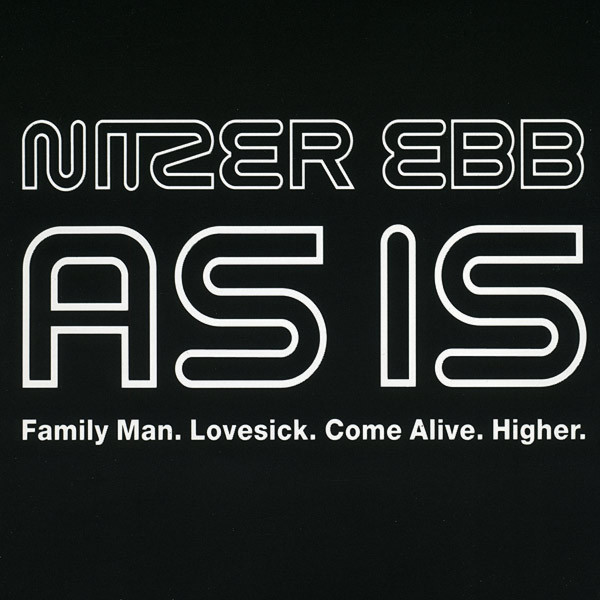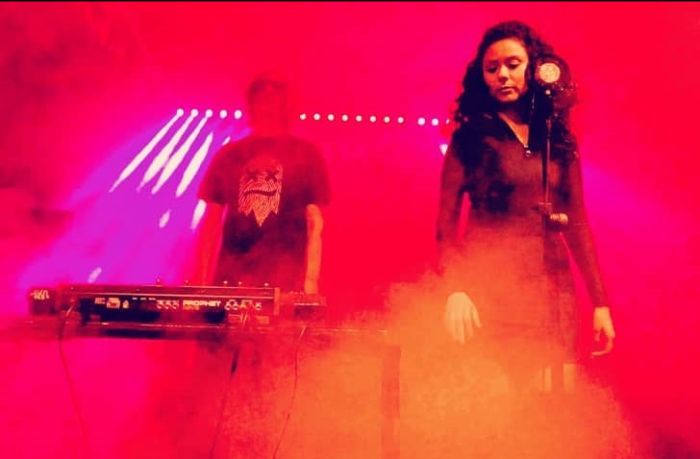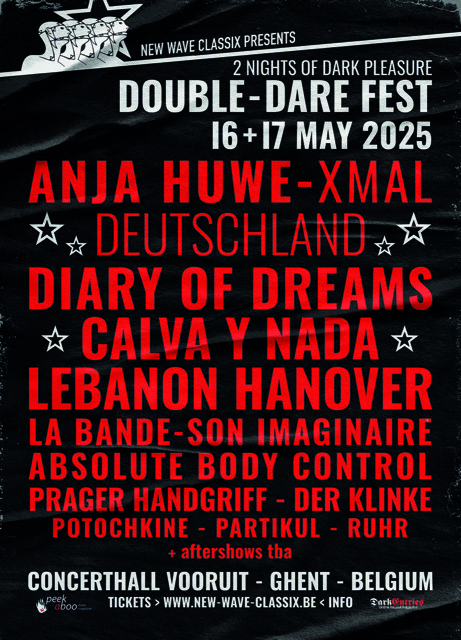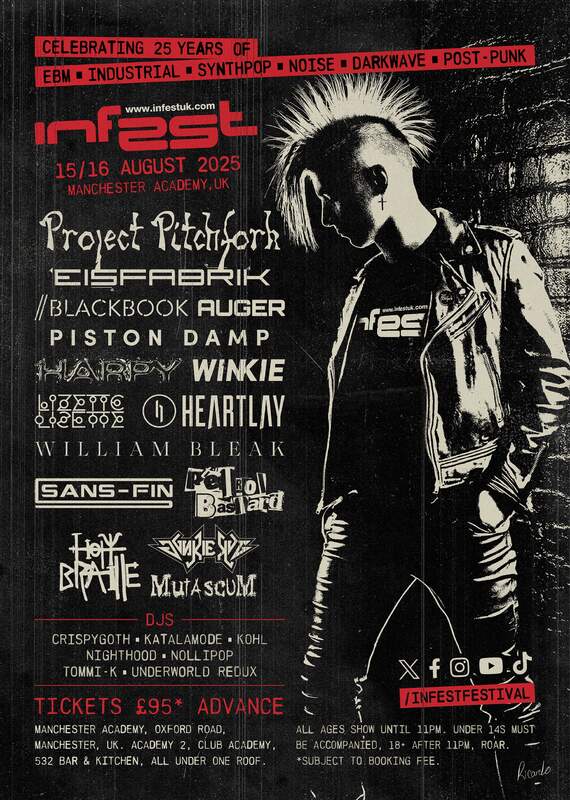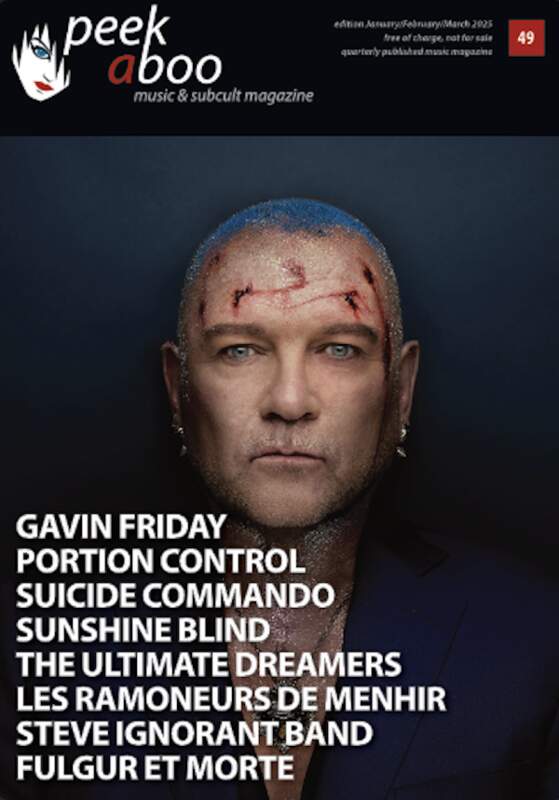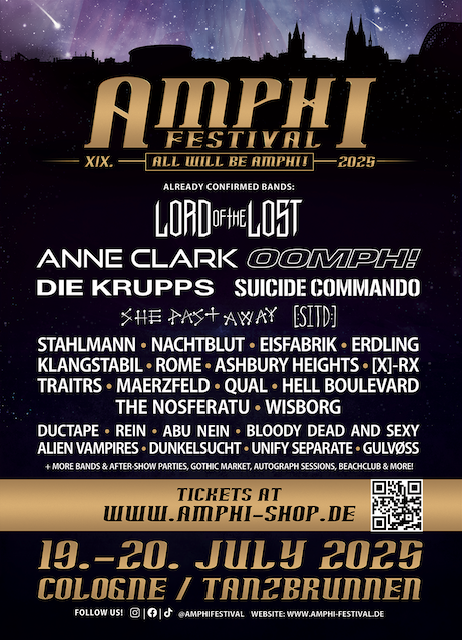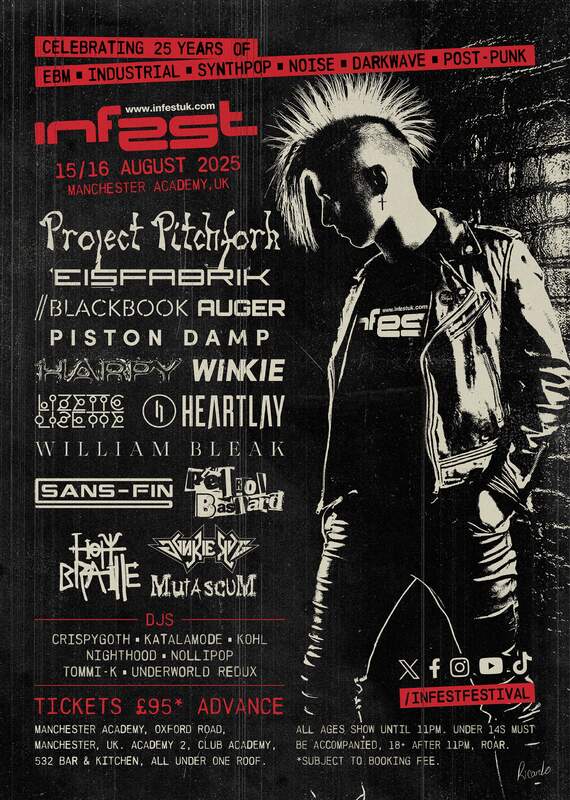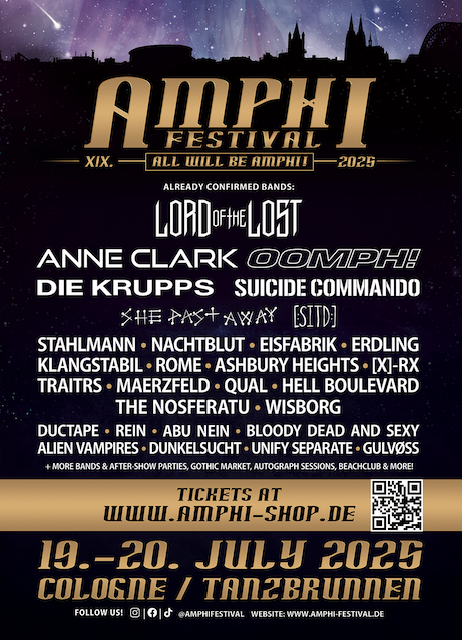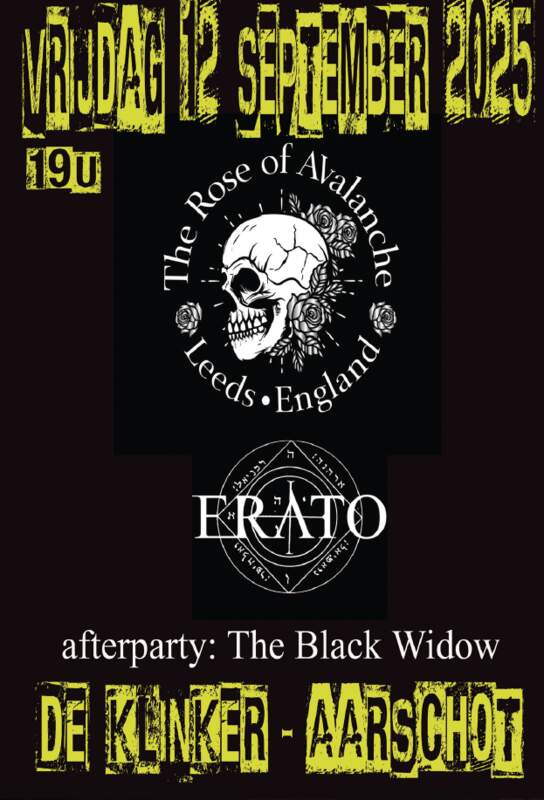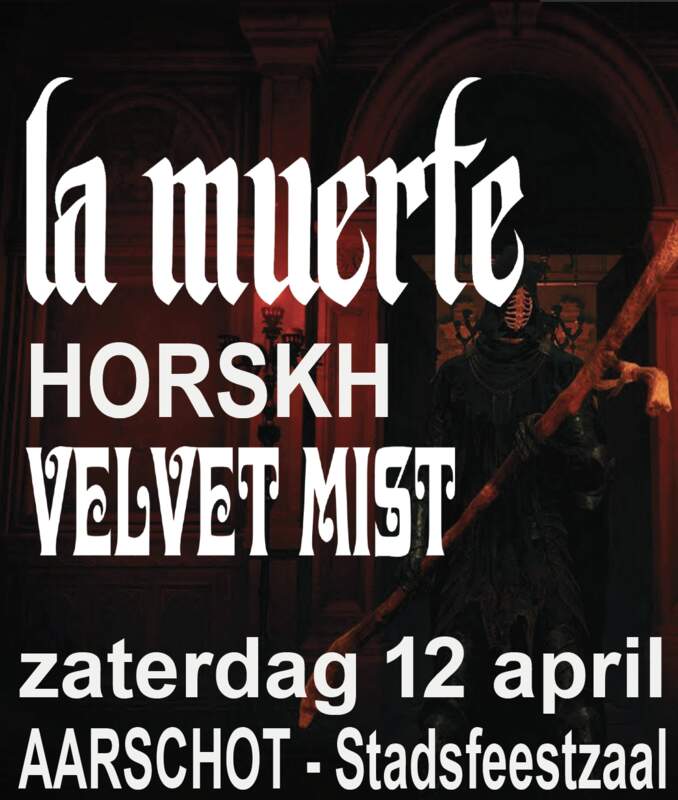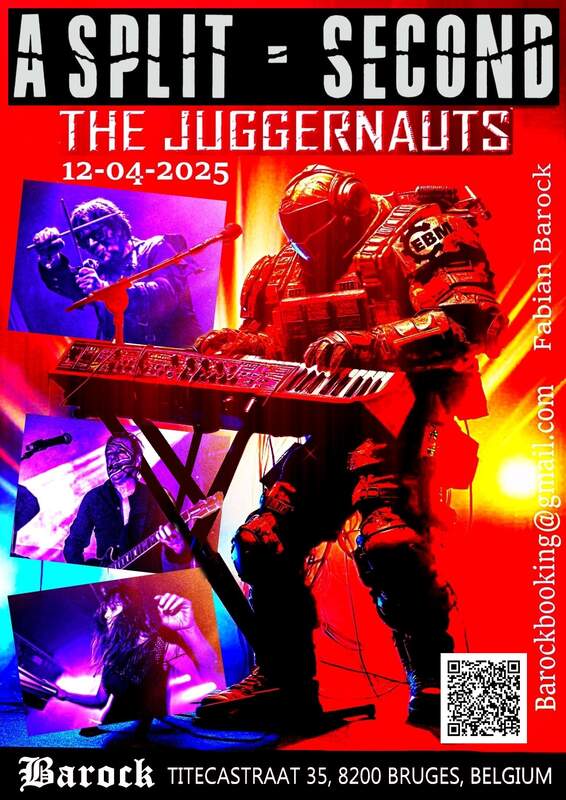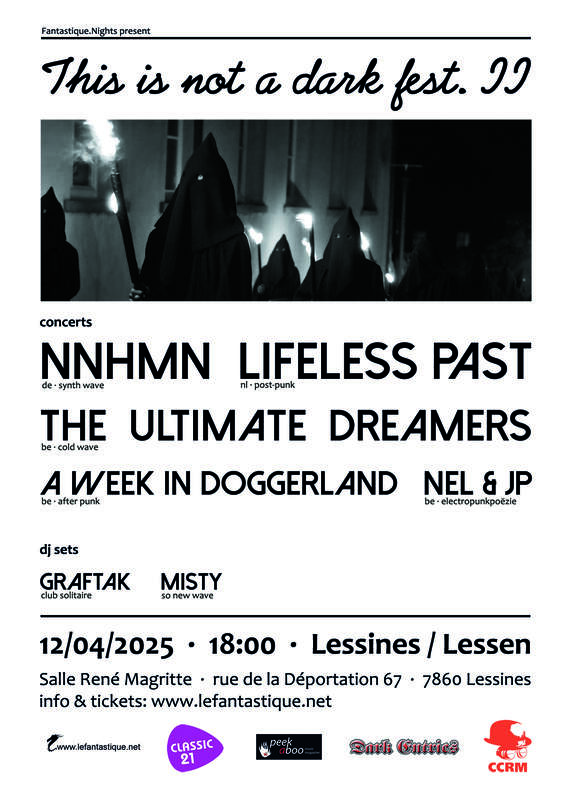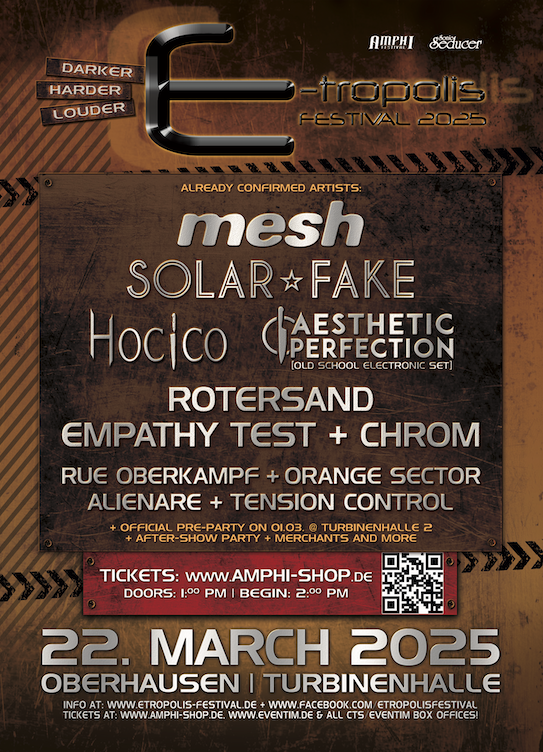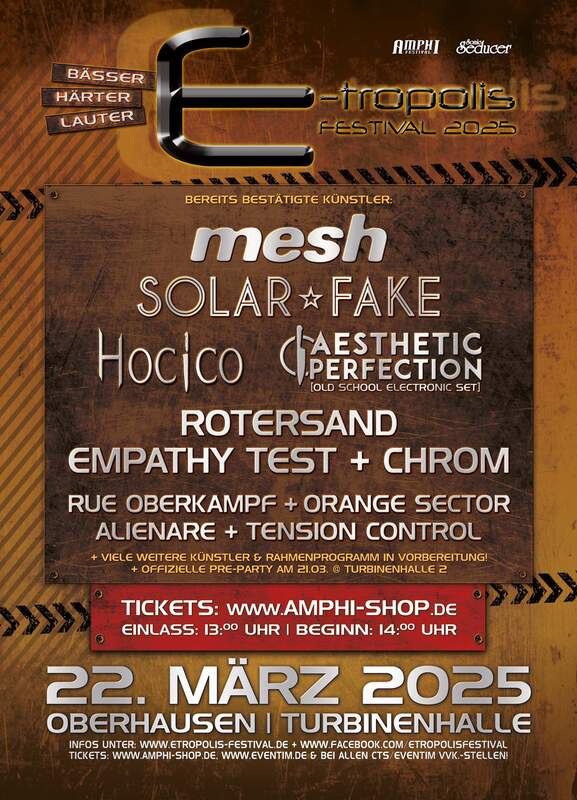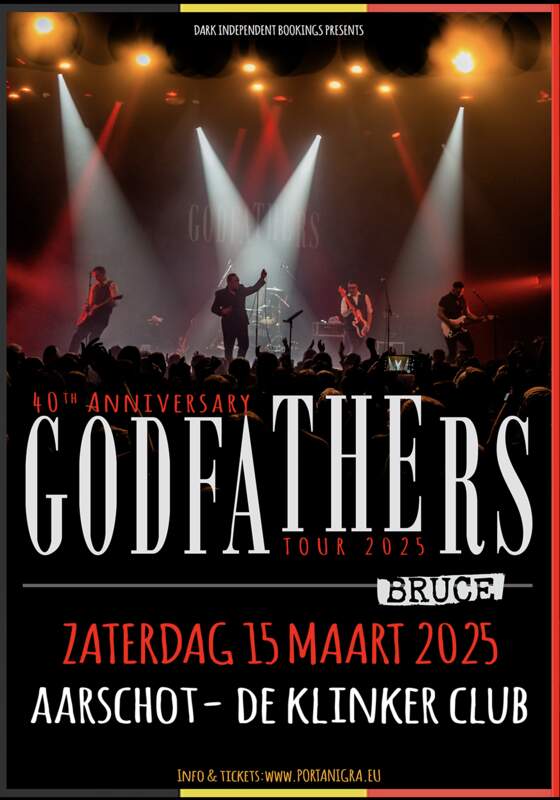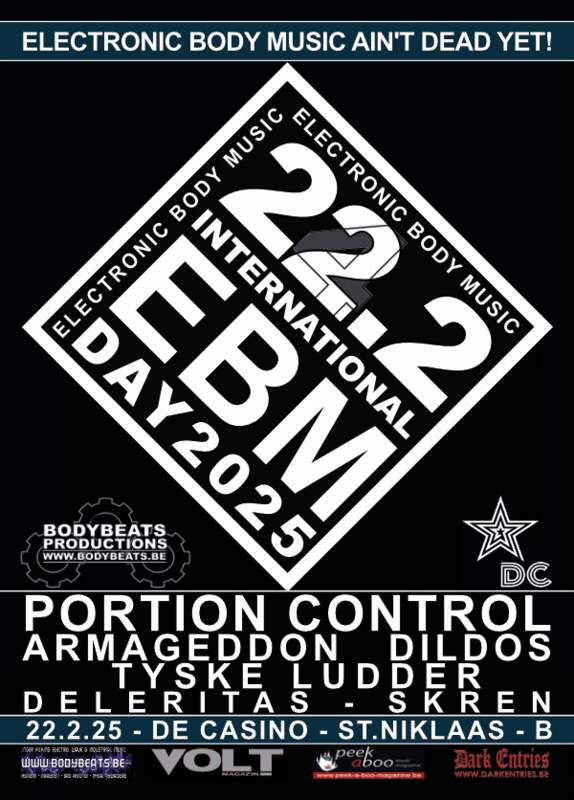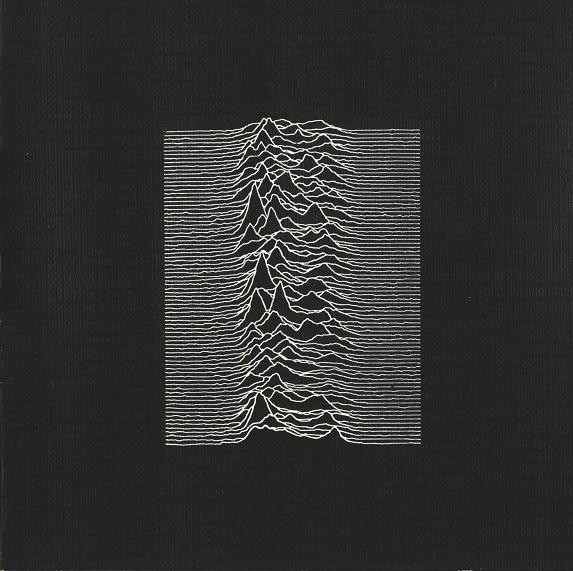
Today it’s exactly 44 years ago since Joy Division released their debut studio album Unknown Pleasures (15 June 1979).
Today it’s exactly 44 years ago since Joy Division released their debut studio album Unknown Pleasures (15 June 1979) on the renowned label Factory Records. The album was recorded and mixed in only three successive weekends in April of the same year and was produced by Martin Hannet who incorporated a number of unconventional recording and production techniques into the group's sound.
The cover artwork was designed by artist Peter Saville while the centre sleeve depicts "100 consecutive pulses from the pulsar CP 1919" as found by Bernard Sumner in The Cambridge Encyclopaedia of Astronomy (See more about the artwork in the video below)
It is the only Joy Division album that was released during lead singer Ian Curtis's lifetime.
Initially, sales of Unknown Pleasures were slow until the release of the non-album single, 'Transmission'. The album sold over 5000 copies within the first week of it's release, 20.000 copies were sold within the first year. However the album did not chart until it was reissued after the suicide of singer Ian Curtis. Then the album peaked at #71 in the UK Album Charts in August 1980 while it reached No.2 in the UK indie charts and spent 136 weeks in the chart in total. Factory Records did not release any singles from Unknown Pleasures,
It has since received sustained critical acclaim as an influential post-punk album and has been named as one of the best albums of all-time by publications such as NME, AllMusic, Select and Spin.
Instead of side A and B the sides were named Outside and Inside.
Unknown Pleasures - tracklist
A Outside
1. Disorder
2. Day Of The Lords
3. Candidate
4. Insight
5. New Dawn Fades
B Inside
1. She’s Lost Control
2. Shadowplay
3. Wilderness
4. Interzone
5. I Remember Nothing
On this day, 32 years ago, Kraftwerk released their remix album The Mix. It was released on 11 June 1991 and featured re-recorded and, in some cases, re-arranged versions of a selection of songs which were released on their previous albums.
Ralf Hütter stated in interviews that he regarded The Mix as a type of live album, as it captured the results of the band's continual digital improvisations in their Kling Klang studio. The band had made a return to the stage in 1990, after a nine-year hiatus from touring, and since then the band's live setlist has used arrangements drawn from The Mix rather than the original recordings. As the band didn't want to release a traditional "Greatest Hits" or "Best of" collection they opted for 'The Mix'.
At the time, the band were in the process of reconfiguring their Kling Klang studio from analog to digital recording technology; integrating MIDI into their setup and creating sound archives from their original master tapes that were stored onto computers. This proved to be an ongoing task, as new upgrades and equipment were continually made available in the years following the album project. Despite no new, original recorded material or live tours outside of Europe, Ralf Hütter did not want Kraftwerk to appear defunct to the public.
The album's production is credited to Ralf Hütter, Florian Schneider, and Fritz Hilpert, the latter of whom had replaced percussionist and stage set designer Wolfgang Flür after Flür left the group in 1987. Karl Bartos also left the band in 1991 and was replaced by Fernando Abrantes. Bartos claimed in later interviews that much of his programming work was still featured on The Mix, uncredited.
The album received rather mixed reception on its release. Although many music magazines and citric rated the album from good to very good, many fans were disappointed at the lack of new compositions and, moreover, the production values of the re-recorded tracks did not strike many listeners as particularly cutting edge, something which Kraftwerk had previously been renowned for. The Mix was created entirely digitally, albeit during a period when the technology had yet to reach its maturity, and thus featured a sound which many listeners tend to find somewhat "sterile" compared to the analogue electronics employed on most of Kraftwerk's previous recordings of these songs. Nevertheless, The Mix placed first in The Wire's year-end poll, the first time the magazine—previously known for its focus on jazz—opened up an all-genre category.
The album has been released in both an English and German sung version and on various different formats like double 12" vinyl, Cassette and CD and was officially re-released in 2009.
The Mix - Tracklist
1. The Robots / Die Roboter 8:56
2. Computer Love / Computerliebe 6:35
3. Pocket Calculator / Taschenrechner 4:32
4. Dentaku / Calculator 3:27
5. Autobahn 9:27
6. Radioactivity / Radioaktivität 6:53
7. Trans-Europe Express 3:20
8. Abzug 2:18
9. Metal on Metal / Metall auf Metall 4:58
10.Home Computer / Heimcomputer") 8:02
11.Music Non Stop / Musik Non-Stop 6:38
On this day, 29 years ago, Nitzer Ebb released the 'As Is' EP (10 June 1991), prior to their fourth studio album 'Ebbhead', on 7" vinyl, 12" Vinyl, CD, and cassette through Mute Records (MUTE122).
The EP features four tracks, each mixed by a different artist / producer. The first track, 'Family Man' is the only one which was also featured on Ebbhead album, albeit in a different version. It was mixed by Jaz Coleman, vocalist and frontman of Killing Joke. The second track, 'Lovesick' was mixed by Flood who produced the band's second and third albums, Belief and Showtime as well as the previously mentioned Ebbhead. The third track, 'Come Alive' was mixed by Alan Wilder of Depeche Mode, who would eventually be hired to co-produce the Ebbhead album. The last track, 'Higher' was mixed by Barry Adamson and Paul Kendall (PK). Barry Adamson was the bassist for Howard Devoto's Magazine and Nick Cave and the Bad Seeds and PK is an engineer/producer who has worked mainly for Mute Records on various Depeche Mode and Flood projects.
As Is (tracklist)
1. Family Man 3:56
2. Lovesick 4:00
3. Come Alive 6:12
4. Higher 5:50
Nitzer Ebb
Bon Harris – programming
Douglas McCarthy – vocals
Julian Beeston – additional drums and percussion
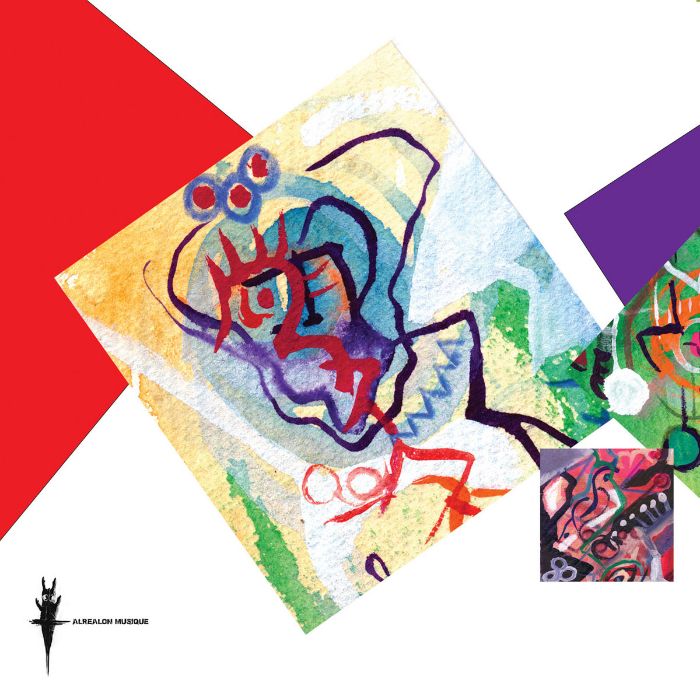
Experimental Label, Alrealon Musique Drops The Metaphorically-Thematic Compilation, 'C14H10Cl2NNaO2'
Alrealon Musique presents the C14H10Cl2NNaO2 compilation featuring a variety of electronic, experimental artists from around the globe;[ówt krì], War Crimes x Chris Gilmore, Rasplyn, & Doomed User.
C14H10Cl2NNaO2 is Diclofenac Sodium. Diclofenac Sodium is the sodium salt form of diclofenac, a benzene acetic acid derivate and nonsteroidal anti-inflammatory drug (NSAID) with analgesic, antipyretic and anti-inflammatory activity.
It's a metaphor for the relaxing state music puts the brain into.
Originally the concept was to make a short run of twenty promotional cassette tapes for Parachute Radio in France featuring original artwork by Robert L. Pepper. Later, Alrealon Musique decided to make a short run of 150 cds with a special edition booklet with reproductions of all of the 20 artworks.
Available in digital format on Bandcamp!
Los Angeles-based darkwave act, Tigercide has announced the release of The Remedy Remixes: a collection of re-envisioned tracks from Tigercide 's Remedy EP. With the first track, "Remedy" (Album Mix), the drum of a betrayed heart pulses in your ears. Shexist sings the listener to terms, with the notes of a subdued finality. The synths cry in the background and remind you to breathe. A song that can only prepare you for the death of your ego.
The Remedy album was a special release, an incredibly personal look into a journey filled with beauty and pain; the burden of almost losing it all but somehow keeping it together, clawing through adversity. The duo of Shexist and St. Brendan reach to the sky and obtain its healing sound. Together through heartache and sheer will they are a force of change.
The Remedy Remixes are a catalog of moods smuggled from every corner of the darkened overgrowth. Industrial beasts like those of John Bechdel of Ministry rip right into you while DJ Odeed wobbles the blood flow, nods the head and beats the heart. The blending of retro dance feels and hard-edge cuts leave the listener sweating on the floor.
Photo credit: Carlos Perez

